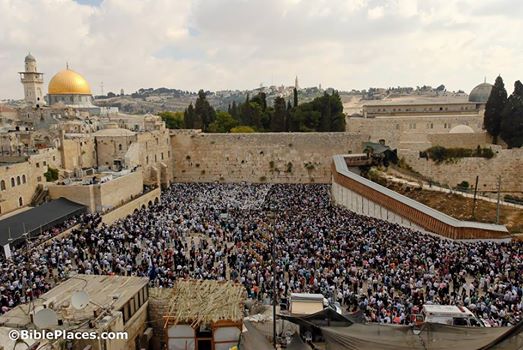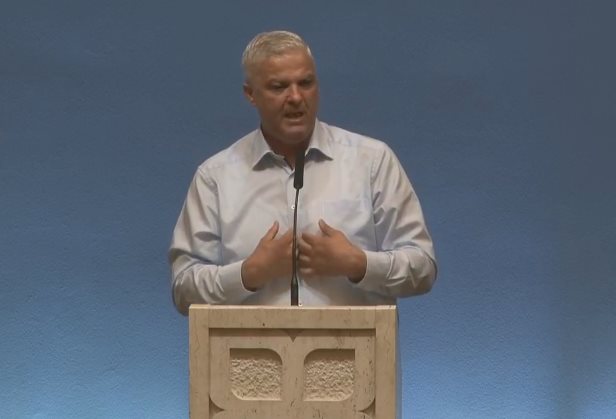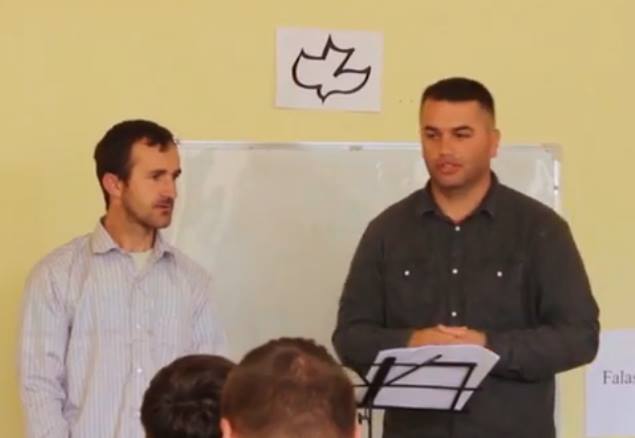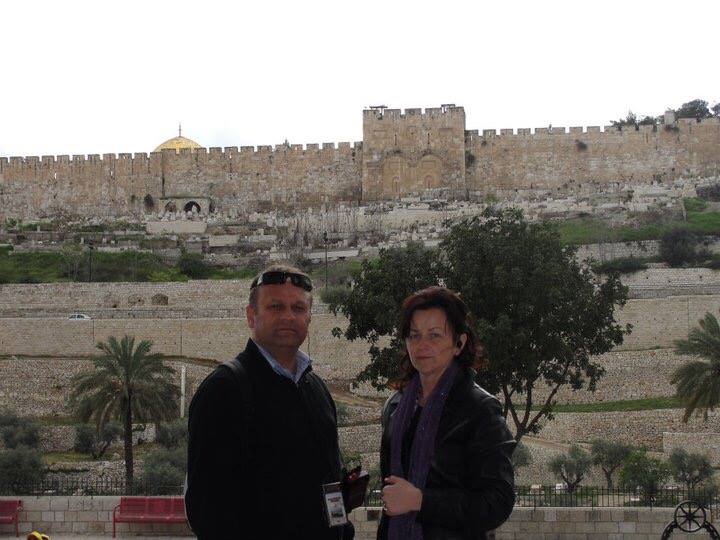 A mud-brick wall was found at the heart of ancient fortifications at the Ashdod-Yam dig. Photo credit and story from http://www.nbcnews.com/science/ancient-wall-israel
A mud-brick wall was found at the heart of ancient fortifications at the Ashdod-Yam dig. Photo credit and story from http://www.nbcnews.com/science/ancient-wall-israel
Archaeologists say they have unearthed the remains of massive fortifications built about 2,700 years ago around an Iron Age Assyrian harbor in present-day Israel. The ruins appear to have a connection to Assyria’s takeover of the region, as mentioned in the Book of Isaiah.
„The fortifications appear to protect an artificial harbor,” Tel Aviv University’s Alexander Fantalkin, leader of the excavations at the Ashdod-Yam archaeological dig, said in a news release issued Monday. „If so, this would be a discovery of international significance, the first known harbor of this kind in our corner of the Levant.”
The discovery was announced at the end of the first excavation season at Ashdod-Yam in the contemporary coastal city of Ashdod, just south of Tel Aviv. At the heart of the fortifications is a mud-brick wall measuring more than 12 feet wide (3.6 meters wide) in some places, and 15 feet (4.5 meters) high. The wall is covered in layers of mud and sand that stretch for hundreds of feet on either side.
When they were built in the 8th century B.C., the crescent-shaped fortifications would have defended an inland area covering more than 17 acres (7 hectares).

Age of Sargon II
During the late 8th century B.C., Assyrian King Sargon II ruled the entire southeastern part of the Mediterranean basin, including Egypt and the Middle East. Inscriptions tell of a Philistine king in Ashdod, named Yamani, who tried to organize a revolt against the Assyrian Empire. The Assyrians responded harshly, took control of Ashdod in 711 B.C. and eventually destroyed the city. As a result, power shifted to the nearby area of Ashdod-Yam, the site of the current excavations.
Tel Aviv University said the fortifications appear to be related to these events, although the precise relationship is not yet clear. They could have been built before or after the Ashdod rebellion was put down, either at the initiative of the local defenders or at the orders of the Assyrians.
Based on earlier excavations, the late Israeli archaeologist Jacob Kaplan concluded that the rebels built the fortifications in anticipation of the attack — but Fantalkin said the construction seems too monumental to have been done under such circumstances.
„An amazing amount of time and energy was invested in building the wall and glacis [embankments],” he said.
Staying out of the fight
Sargon II’s harsh action against Ashdod was mentioned in Isaiah 20, as a warning to those who backed the rebellion. „In that day, the people who live on this coast will say, ‘See what has happened to those we relied on, those we fled to for help and deliverance from the king of Assyria!'”
Hezekiah, king of Judah, stayed out of the fight — presumably at the urging of Isaiah.
Fantalkin and his team found more recent ruins on top of the sand of the Iron Age fortifications, dating to the Hellenistic period, between the 4th and 2nd centuries B.C. They say the buildings and walls were apparently built after the earlier fortifications were abandoned, and were probably destroyed by an earthquake in the second half of the 2nd century B.C. Ancient coins, weights and other artifacts were found among the ruins.
During the Byzantine era, Ashdod-Yam was known as Azotos Paralios, or Azotus Paralus. An impressive citadel called Kal’at Al Mina was built on the site during the Early Islamic period, sometime between the 8th and the 11th centuries. In 1033, that citadel was badly damaged in an earthquake.
Update for 10:50 p.m. ET Aug. 20: The caption for the 3-D representation has been revised to indicate that it reflects the collapse of the mud-brick structures during the Hellenistic period.
By Alan Boyle who is NBCNews.com’s science editor. Read more here http://www.nbcnews.com/science/ancient-wall-israel
Related articles
- Israel: Bible Assyrian seige account matches archaeological find (csmonitor.com)
- Ancient Artificial Harbor Found in Israel (livescience.com)
- Assyrian Period Fortifications Unearthed in Ashdod (jewishpress.com)





































































































































































































































































